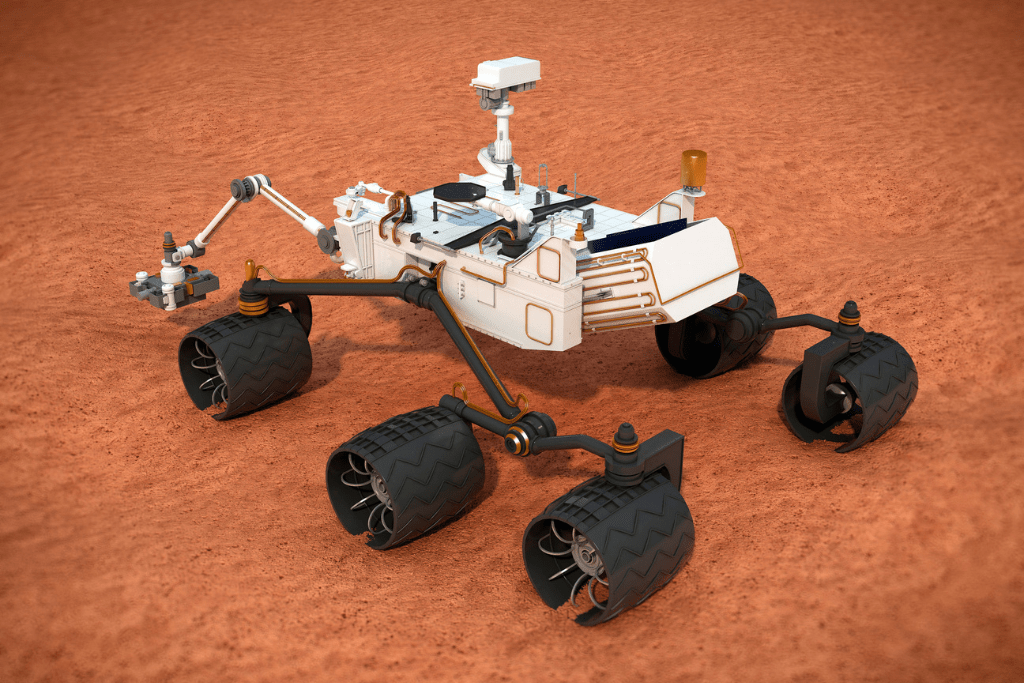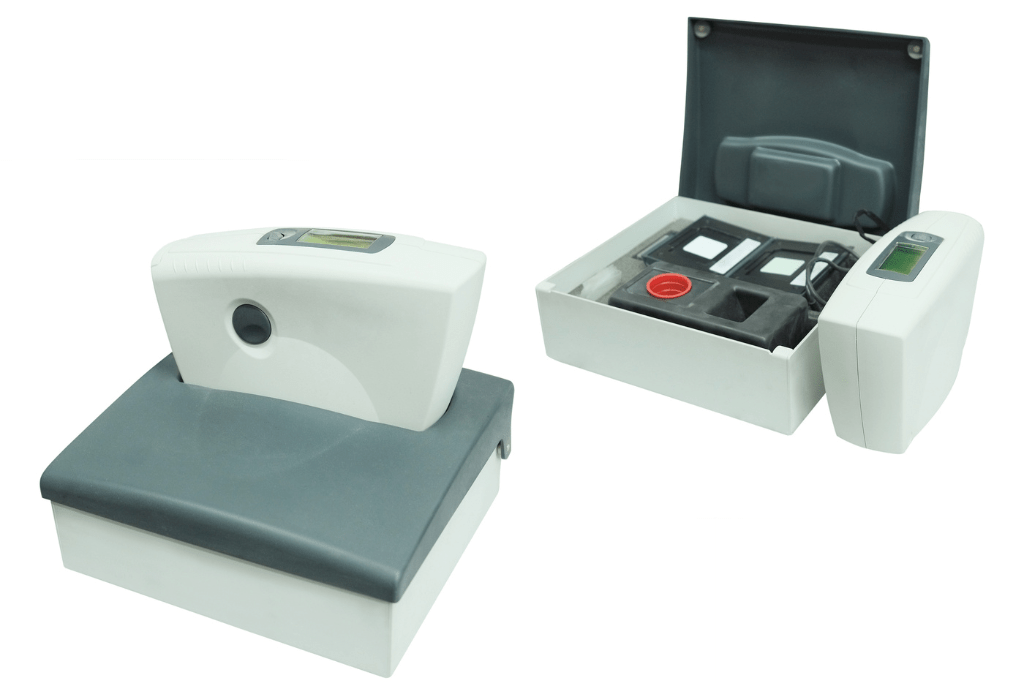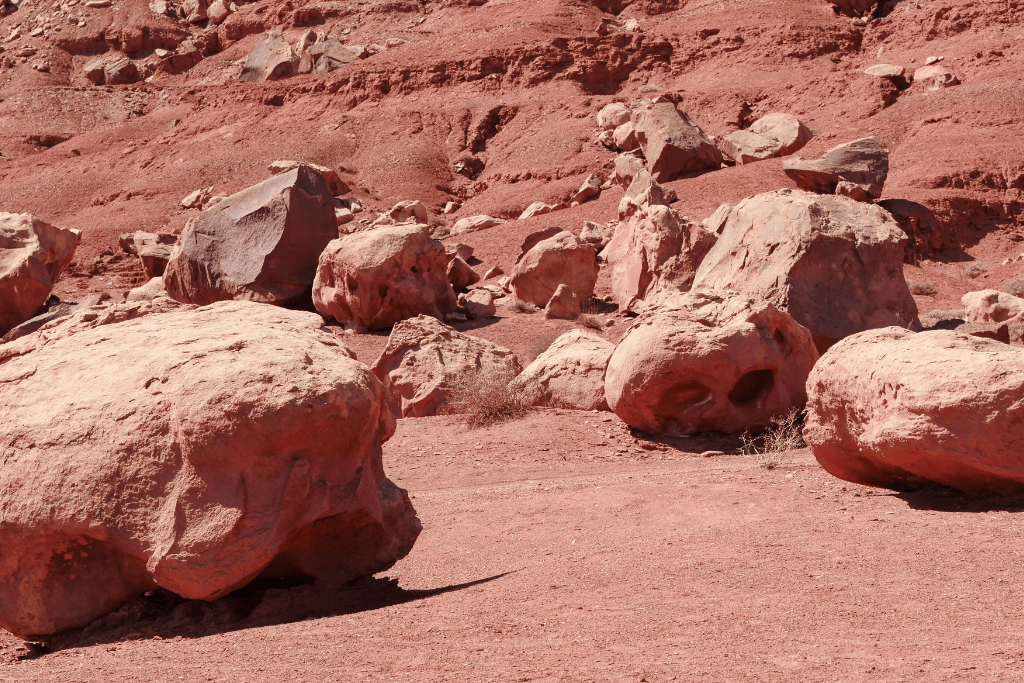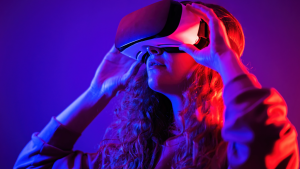Reviews
User Score
Rate This
Descriptions:
A Mars rover carries out scientific experiments in an attempt to find minerals, water, and other materials on the Red Planet. During their journey, they collect samples and use Raman spectrometers to study the properties of rocks and minerals. They also have decision-making software that can analyze the data they collect.
Curiosity rover
Curiosity is a car-size Mars rover, part of NASA’s Mars Science Laboratory mission. It was launched from Cape Canaveral on 26 November 2011 and landed on the Aeolis Palus crater in Gale crater on 6 August 2012. It is currently exploring the Martian surface.

Curiosity is equipped with 17 cameras and a robotic arm to study the surface of the planet. It also has a variety of scientific instruments including an X-ray spectrometer and radiation detectors. It has already mapped several sites on Mars. The next goal is to find evidence that life existed there.
Curiosity is positioned in Gale Crater, a 154km-diameter crater on Mars. Its floor is a former lake and its rim contains layers of sediments that are thought to be ancient. The landing of Curiosity was scheduled for 6 August 2012. The landing area was the tightest of any mission to Mars, narrowing the landing area to seven square kilometers.
Raman spectrometers
Raman spectroscopy is a non-destructive technique used in the study of rocks and minerals. The upcoming ExoMars mission will use Raman spectrometers to identify rocks and minerals on Mars. The mission is focused on studying the mineralogy and geochemistry of Mars and the search for life there.

In the first phase of the mission, a Mars rover equipped with a Raman spectrometer will analyze samples to determine the chemical composition of the Martian soil. It will identify sulfate content in the Martian soil, which is a key to discovering whether Mars has ever supported life.
The Raman spectrometer on a Mars Rover would use a micro-beam Raman spectrometer developed by the Jet Propulsion Laboratory and Washington University. The instrument uses a robotic arm to deploy the probe head. The optical head can scan across 10 mm of the sample surface. The Raman spectra are acquired over several hours, depending on the sample type.
Rock properties
The Curiosity rover is using its drill to investigate the rock properties of the Gale crater on Mars. This information will help scientists better understand the strength of rocks and their fracture mechanisms. By comparing Martian rock properties to terrestrial rocks, scientists will be able to predict the strength of the rocks and fracture mechanisms.

The Pathfinder rover’s first spectral survey revealed five different types of rocks. It also detected different kinds of soils. The first spectra were closely related to the mean spectra of bright red drift and were also related to different occurrences of the rock type.
The Curiosity science team decided to look for different types of rock and then drill into them. They then scoop up bits for analysis in a chemistry lab. The team studied the various types of silica present in the rock, and this information tells them about the conditions in which the rock was formed. The team also identified a rare mineral known as tridymite.
Decision-making software
A new piece of software is helping the Mars Rover make more intelligent decisions. It will help the rover avoid obstacles and send back clear images. This software will also be instrumental in setting the stage for future rovers’ autonomy. It will also speed up the follow-up observations on Mars.

The software was developed by two MIT alumni. Jascha Sohl-Dickstein ’01 and Jonathan Joseph ’88. They wrote software that merged and analyzed data from the rover’s instruments. They also wrote software that facilitated superimposing data from the different instruments. They also created an application that will schedule daily itineraries. The students also wrote the instructions for the rover, as well as the drive/motion sequences.
Curiosity’s software also helps it make decisions. For instance, it can select rocks for further study. It can also decide on a specific target by using predefined criteria. The rover can then center its narrow-angle camera on the target, and take multiple images using color filters.








